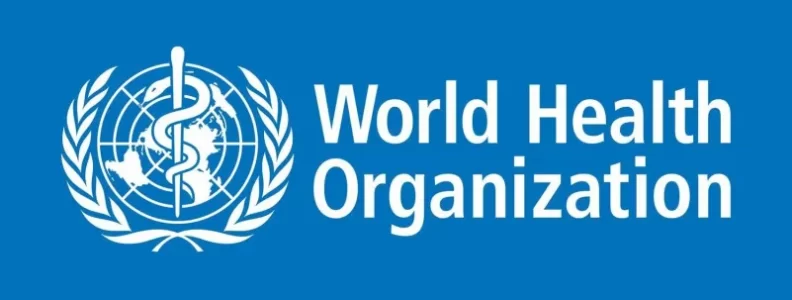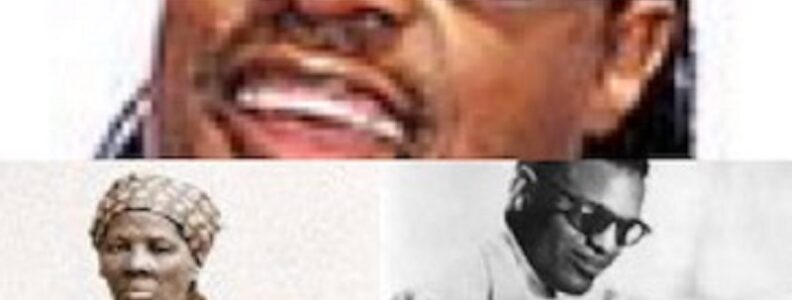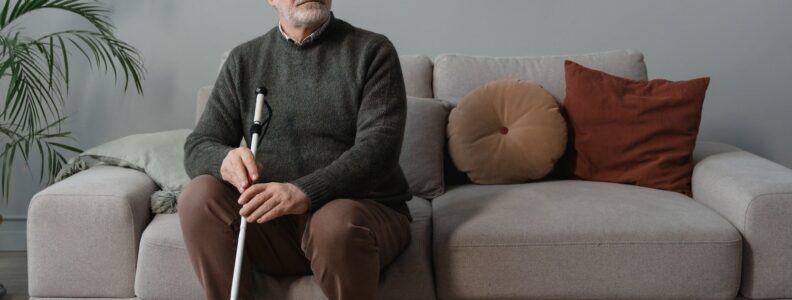NEW JERSEY (PIX11) — A blind exchange student from Turkey is a talented musician who covers pop tunes while acclimating to a new life and school in New Jersey.
Mert Ozer, 16, arrived in Oakland from Istanbul about a month ahead of beginning classes at Indian Hills High School. And only a week into his studies, the teen has learned a few things about American schools.
He’s not a fan of riding on the “uncomfortable” yellow school buses and he’s already decided to ditch the aid that helps him get around campus. Ozer does not want to be known as the “blind kid” and values his independence.
“It’s really going great. The schools here are bigger than in Turkey. The teachers and friends are helping me,” he said.
The junior got to spend a few days at the high school mapping the building so he could get around more easily. The same goes at home with his host family. Within a couple of days, he had learned how to get around. He knows how to use the microwave, makes his own coffee, and has no problem getting a glass of water in the middle of the night.
“I feel more comfortable being independent,” he said.
He’s also gotten more comfortable around dogs since he used to fear them. But the family has two adorable pooches who wear different bells to help him tell them apart.
“It drives the neighbors crazy but it works,” said his host parent Ann Ford, who has taken in seven other international students.
Ozer was the top student in his mainstream class last year and his musicality helps him learn and stand out. The teen has been playing the piano for a decade and is taking guitar classes in New Jersey because it helps with visual learning, he said.
Ozer has already signed up to do a few local performances and creates content for his YouTube channel. He loves pop and jazz music and enjoys listening to Charlie Puth, Sean Mendes, Ariana Grande, and Queen.


























 At times, Social Security needs to contact you with important information. There are several ways to receive information from us if you are blind or have a visual impairment and
At times, Social Security needs to contact you with important information. There are several ways to receive information from us if you are blind or have a visual impairment and









